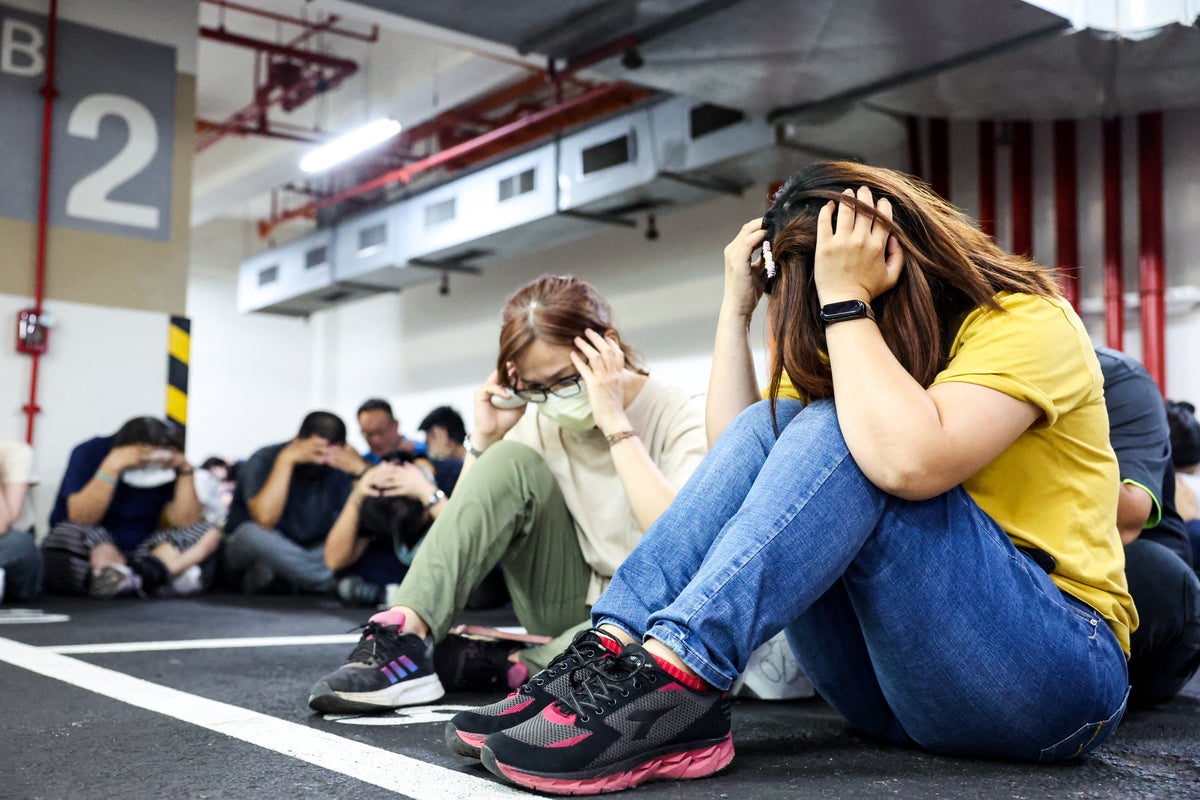Dawn is yet to break in Taipei as two dozen armed troops take their positions inside the city’s Songshan Airport. They are practising an assault drill that will help them to learn how to secure an airfield in the event of a possible Chinese invasion.
Elsewhere in the city, heavy tanks and military vehicles roll down the streets and soldiers build up blocks on a bridge connecting Taiwan’s capital with New Taipei – a special municipality located in northern Taiwan. In a park, cyclists whistle past Patriot anti-missile defence systems.
Wu Huan Chung, 19, says she was in the PX Mart supermarket when she saw civil defence groups and local officials – who also play a part in military drills – prepare an elderly man for war.
“They played out a scenario where a man, likely in his 50s, was worried about a limited supply of food at his house if he didn’t stock up on supplies. He told this to the store manager,” Chung tells The Independent over a video call from Taipei.
“The staff member then explained to him in a calm voice that the supermarket is storing large quantities of food in the supermarket basement for an extreme scenario and that they are fully prepared,” she says.
Chung, a sociology student who has lived in Taipei for more than a year, says that staff members at the store were taught basic breathing exercises, evacuation drills for an air raid alert and methods to calm down a panicked crowd.
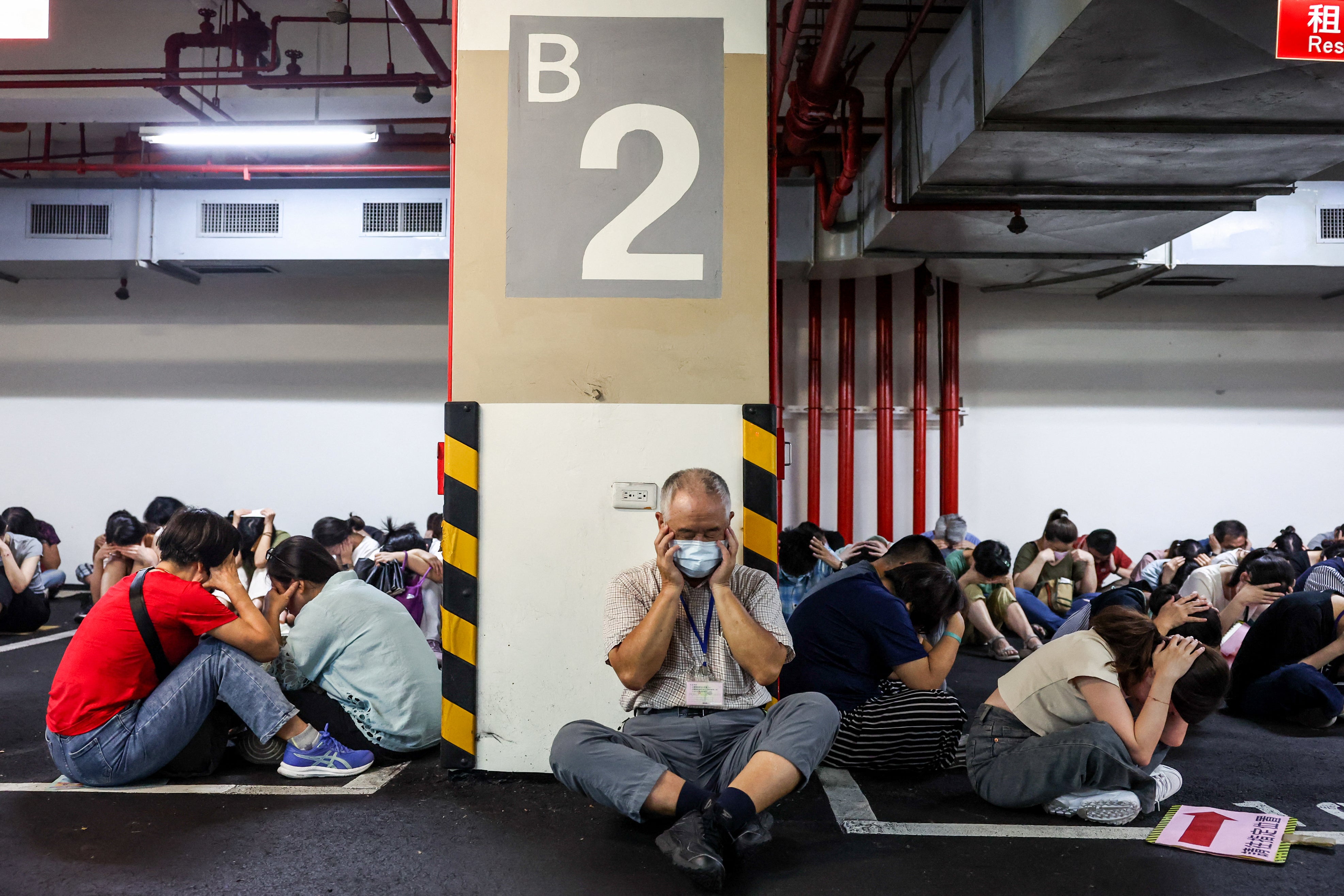
“From night to day, without pause – this is #HanKuang41,” the defence ministry announced as the annual Han Kuang exercises kicked off on 9 July. More than 22,000 reservists took part over 10 days – a mobilisation unprecedented in both length and scale.
A day earlier, Lai Ching Te, the president of the self-governed democracy who China has branded a “separatist”, swapped his fitted suit for olive green military uniform of the Taiwanese defence forces as he observed amphibious landings being practised by the country’s troops. These would be needed in the event of Chinese naval aggression in Taiwan’s coastal areas.
“On the ground today to observe the ongoing #HanKuang exercises. To strengthen #Taiwan’s defences against amphibious landings, our troops are utilising the latest technologies & weapons systems in tight coordination – boosting deterrence with increased agility & mobility,” Lai wrote in a post on X.
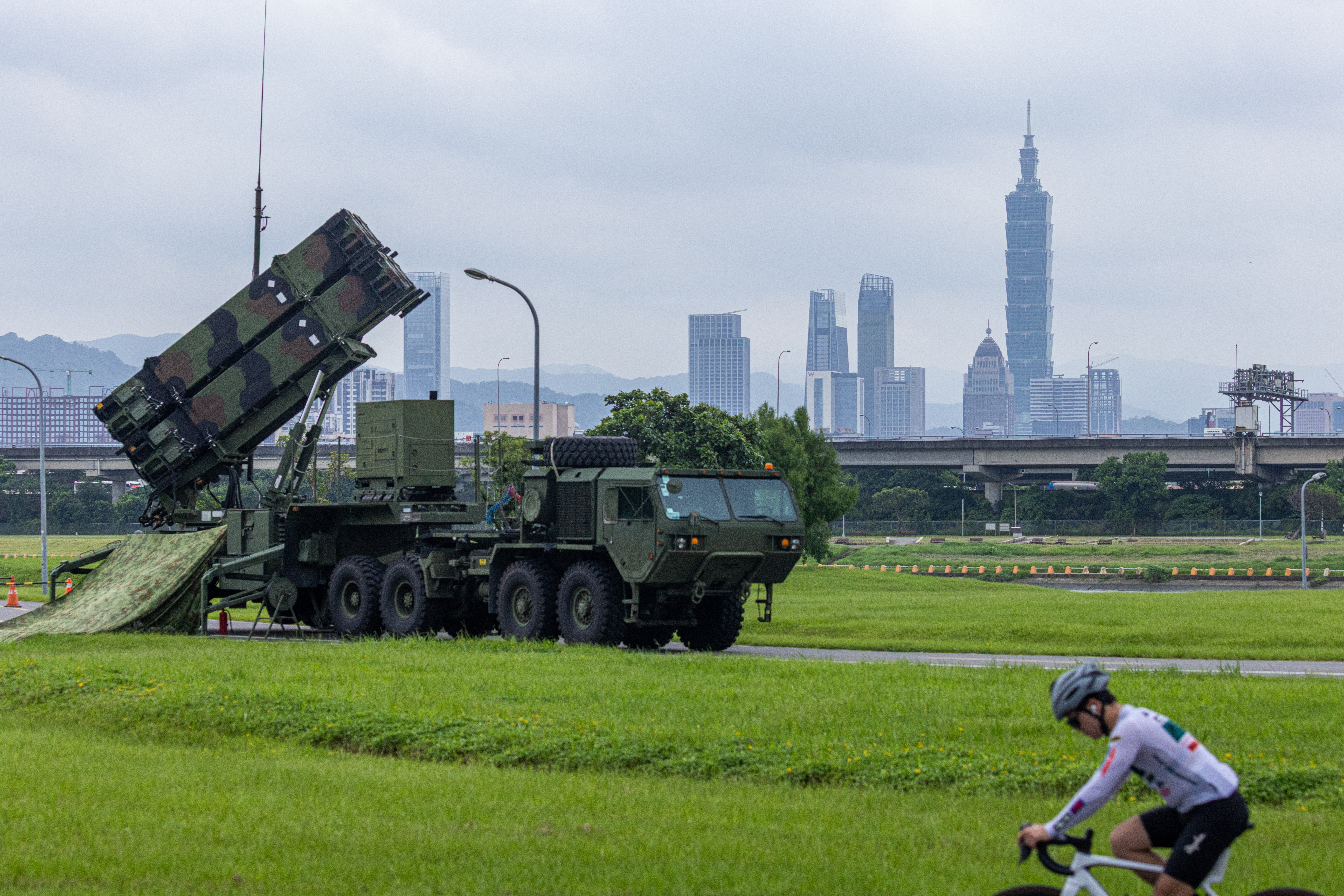
Taiwan is facing a rising military threat from Beijing, which considers the separately governed island as its own despite Taipei’s strong rejection. China’s leader Xi Jinping has vowed to “reunite” the island with the mainland by force if necessary.
The drills included fortifying ports and possible Chinese landing points on the island, which lies 160km (100 miles) off the Chinese coast.
Taiwan’s military and navy are practising how to counter Beijing’s “grey zone tactics”, which stop just short of open warfare but aim to weaken an enemy over a long period. They are using weapons recently delivered by the US, including Abram M1A2T tanks, High Mobility Artillery Rocket System (HIMARS) and waterborne drones.
The ten-day annual exercise is the most intense in Taiwan’s history. It is hoped that it will be the most realistic simulation of how Taiwan would defend against a possible Chinese invasion, which the Pentagon has said could happen in or before 2027.
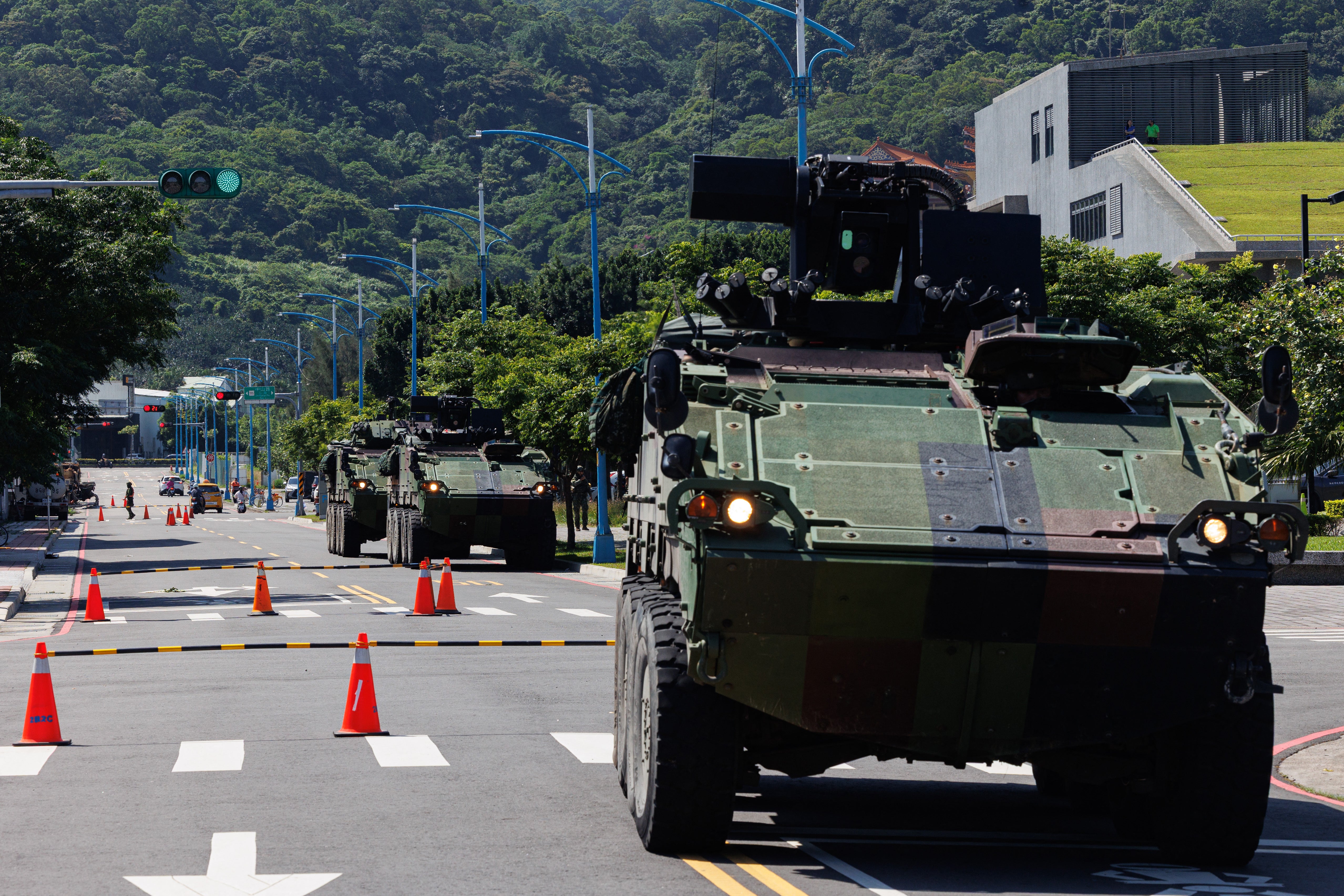
The defence ministry has called on the public to show patience with any disruptions to flights or traffic and not to believe false information distributed about the exercises.
Civil defence volunteers say the drills are a welcome change as they help to educate the Taiwanese population against the danger of Chinese military escalation.
Yi Chou, a member of WatchOut, an NGO working on generating awareness around an invasion, says she is relieved that the drills have made the Chinese invasion a mainstream national concern.
“We as volunteers have been working on this but only until like a few weeks ago, I began a light-hearted conversation with my family that we should really start preparing. It is not an easy topic in Taiwan, especially if you want to talk with your parents,” she tells The Independent.
Instagram and other social media platforms help to keep young people educated, she says, but conversations about preparing for an attack with parents can be difficult.
“If something really happens, questions like ‘where should we meet’ are an uncomfortable eventuality to prepare for.”
She adds: “Other than that, people are discussing what food and medical aid they are keeping in their emergency bags, which shows that everyone is preparing.”
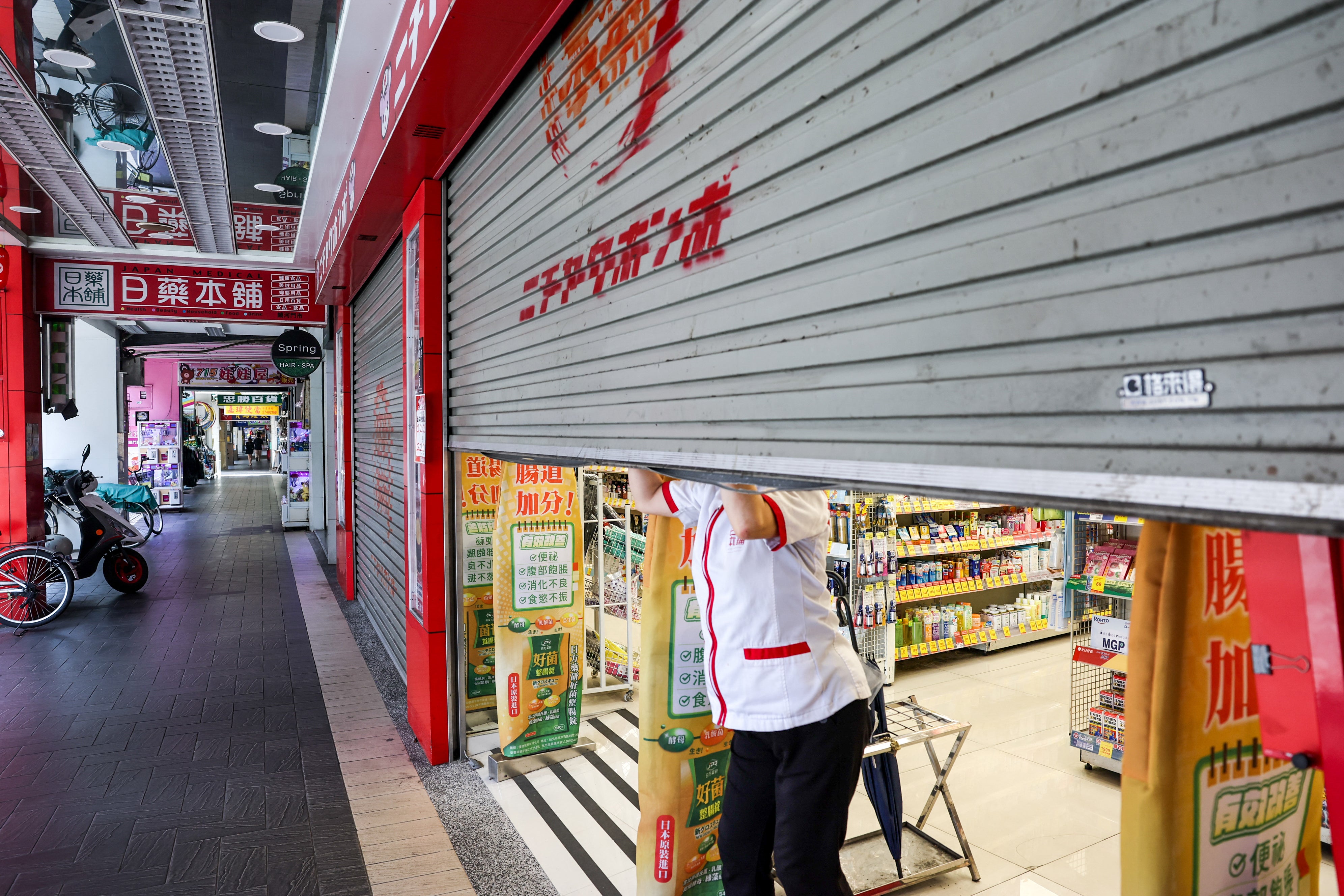
Taiwan is already battling Chinese disinformation attacks, according to lawmakers from President Lai’s ruling Democratic Progressive Party (DPP), which stands for the island’s independence.
They say the Han Kuang drills are “unprecedented” in scale and duration.
“We are facing China so we want to be well prepared. The administration knows civil resilience is very important and it represents a crucial component of our national security,” says Fan Yun, member of the Legislative Yuan of the Republic of China (Taiwan).
“We are demonstrating to our enemy our determination and ability to defend ourselves with practical actions,” she tells The Independent.
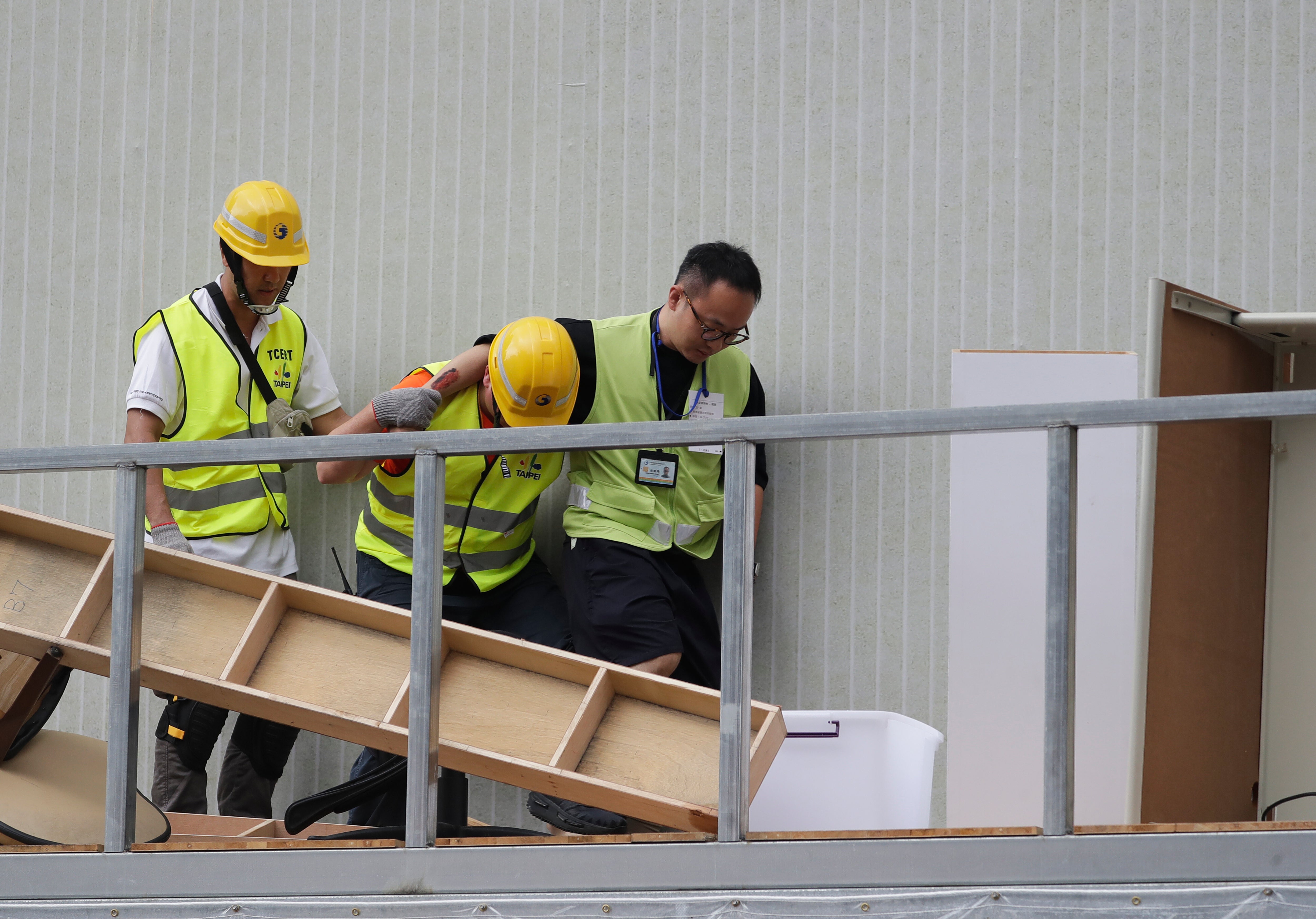
“If our adversary wants to take any extreme action, we want them to know that Taiwan has the ability to protect itself, that we have the resilience to sustain for quite a long time and that the cost will be too big for them to bear.”
China has responded to Taiwan’s military drills in typically brutal fashion.
“The Han Kuang exercise is nothing but a bluffing and self-deceiving trick by the DPP authorities, attempting to bind the Taiwanese people to the Taiwan independence cart and harm Taiwan for the selfish interests of one party,” Chinese defence ministry spokesperson Col Jiang Bing said at a news conference.
“No matter how they perform or what weapons they use, they cannot resist the PLA’s anti-independence sword and the historical trend of the motherland’s inevitable reunification,” Col Jiang said.
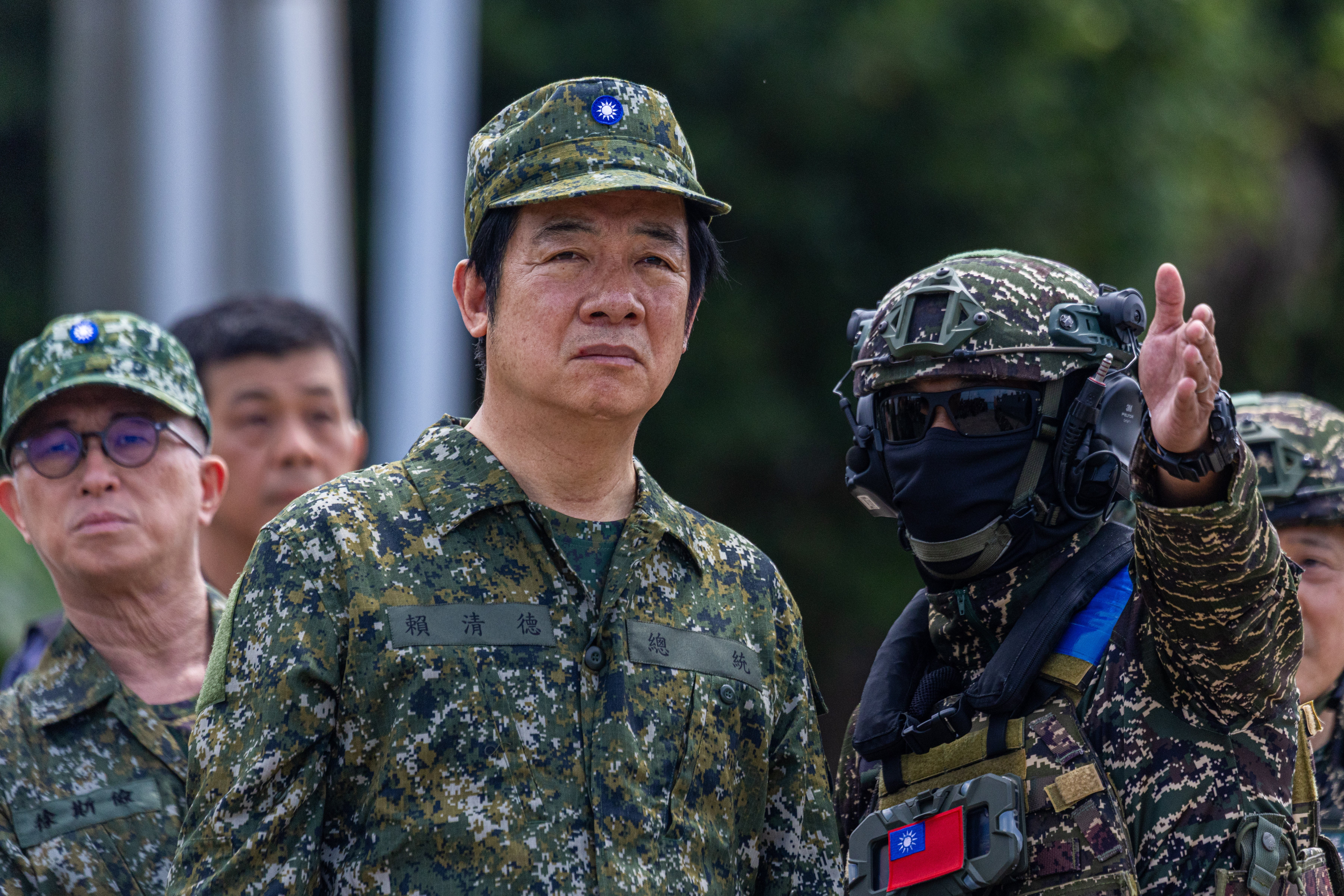
On Thursday alone, China sent 58 PLA aircraft, 9 PLA Navy vessels and one official ship operating around Taiwan in the early hours, in what Taiwan said was “harassment operations around Taiwan’s air and sea domains” to disrupt the Han Kuang exercise under the pretext of so-called “joint combat readiness patrol”.
Though there is debate within China over whether to invade Taiwan, residents on the island are united. The preparation on war footing cuts across party lines: drills involve different municipal authorities, national government agencies and professional emergency responders.
Such unity and preparation is key to maximising Taiwan’s defence, says Fan Yun.
“In Taiwan we say, the colour of your political party’s flag does not matter, because a missile has no eyes.”


